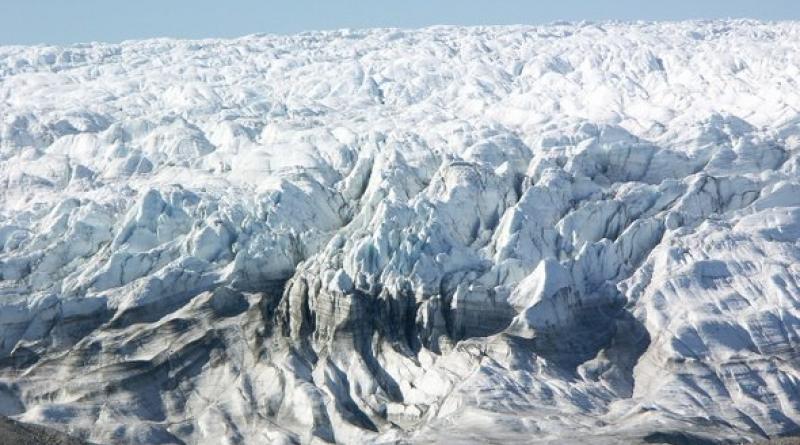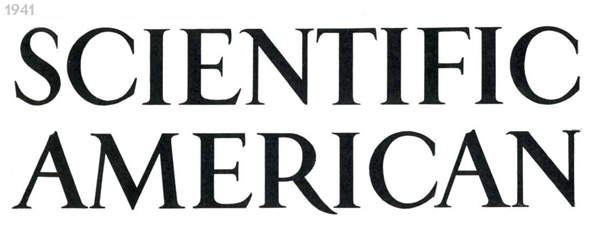Greenland Has Yet Another Methane Leak

As the Arctic warms, melting glaciers could be an underestimated source of the potent greenhouse gas
With concerns about the warming Arctic already at an all-time high, scientists are beginning to investigate a potential side effect of melting glaciers. Research suggests the thawing ice could be a source of methane, a potent greenhouse gas.
Two separate studies published in November identified sites in Greenland and Iceland that seemed to be emitting methane into the air (Climatewire, Nov. 26, 2018). Now a third study, published yesterday in Nature, adds another site to the list.
Scientists have rarely observed methane escaping from glaciers in real time. Although the recent studies focused on isolated locations and don't necessarily indicate that the same effects are occurring everywhere, the research opens up the possibility that melting glaciers may be an underestimated source of methane.
An international team of researchers, led by Guillaume Lamarche-Gagnon of the University of Bristol in the United Kingdom, found methane bubbling from the meltwater produced by Leverett Glacier in western Greenland—a site associated with a 200-square-mile mass of ice on the Greenland ice sheet. During the summer of 2015, they estimate it released around 6 metric tons of methane into the air.
That's small compared with other sites. One of the November studies focused on Sólheimajökull Glacier in Iceland; it found that about 40 tons of methane leak out every day.
Yesterday's study adds to the evidence that methane leaks are occurring in previously unidentified places. And it adds to the possible concern that as ice melt accelerates under future climate change, more methane may be released. Thawing is already speeding up in West Greenland, where the new study was conducted.
The study provides "an example of how our planet's icy domains can interact with the surrounding Earth system in unexpected and potentially important ways," NASA researcher Lauren Andrews wrote in a comment on the new study, also published yesterday in Nature.
Life beneath the ice
Like the two November studies, the new research suggests that methane is likely being produced by tiny microbes underneath the ice.
These microorganisms chow down on carbon trapped beneath the glaciers—some of which may have been stored there, in the remains of long-dead plants or animals, for centuries or longer—and release methane in the process. This methane then dissolves into the liquid water that pools beneath the melting glacier. The water eventually flows out from the glacier, releasing some of the methane as it comes into contact with the outside air.
A certain amount of melt is natural each year, especially in summer months. But the new study's authors warn that as the region grows warmer, and glaciers melt at faster rates, the greater flow of water could carry larger and larger amounts of methane to the surface.
Methane-producing microbes are already a concern elsewhere in the Arctic. Scientists know that thawing permafrost, or the frozen soil commonly found in the high latitudes, can release large amounts of methane and carbon dioxide as it warms up. But methane hot spots beneath the world's glaciers are a relatively new—and still uncertain—area of investigation.
The Arctic isn't the only place researchers have their eye on. Some scientists have also suggested that similar processes could be occurring beneath parts of the Antarctic ice sheet.
Methane leaks are always interesting to climate scientists because of their potential to exacerbate global climate change, should they occur on a large enough scale. It's the reason permafrost has become such an important area of climate science in recent years. For the time being, though, the impact of methane contributions from glaciers remains highly uncertain.
As Andrews points out in her comment, scientists still aren't sure how much of the Greenland ice sheet covers the kind of carbon-rich environment that cultivates methane production in the first place—and Antarctica is even more of a mystery. Still, the more methane-leaking locations scientists identify, the more compelling the question becomes—and the greater the need for investigations in new places, scientists suggest.
"Several orders of magnitude more methane has been hypothesized to be capped beneath the Antarctic Ice Sheet than beneath Arctic ice-masses," lead author Lamarche-Gagnon noted in a statement. "Like we did in Greenland, it's time to put more robust numbers on the theory."

Reprinted from Climatewire with permission from E&E News. E&E provides daily coverage of essential energy and environmental news at www.eenews.net.

